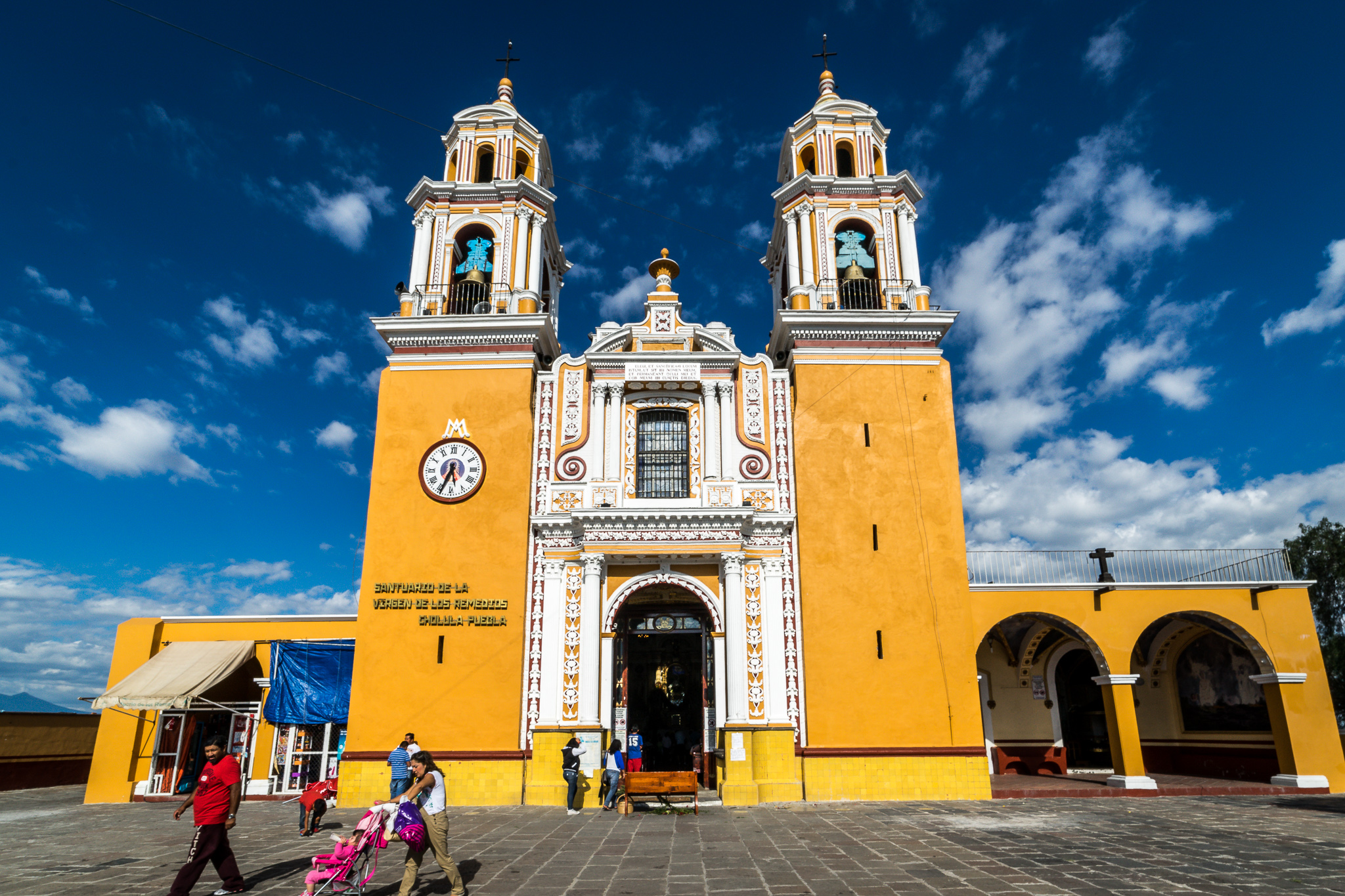Hi everyone,
today is gear advice day on the blog. I get a lot of requests from friends asking me what gear they should by to start in photography.
Like mot people, they are considering DSLRs as their first buying option. After all if it looks professional it must take good photos right?
Let's go over the basics here and I will tell you why DSLRs are not necessarily a good thing for you and why mirrorless cameras probably have what you need.
First let's be clear, the camera is not taking the photo, YOU are. A camera is just a tool. And in today's age any camera can take a good picture if the photographers knows what he is doing. Saying "your camera takes beautiful pictures" is like saying "your paint brush does beautiful paintings" or "your guitar plays beautiful songs". Your camera is only doing what you ask it to do.
Does this mean a better camera won't take better pictures?
Of course not. With a better camera you can take better pictures. Extremes conditions (low light, sports...) become possible/easier with better cameras.
But that's not all.
Most people think they have to buy a big heavy DSLR to take better pictures, this was actually my first mistake in photography. I bought a Canon Rebel T2 (Kiss x3 or 500D). While i loved it at the time, i quickly realized that it was simply too big for me to take it all the time. And it got worse and worse... in the end I was never taking it with me and I was taking pictures with my iphone instead. What a shame!
Then I discovered mirrorless cameras. They are simply DSLRs without a mirror... brilliant! It means you get DSLR quality, without the size and weight. (because the mirror takes some space to flip up and down)
Here is a comparison between my old 500D (actually the 550d but it is the same size) and my current NEX-6. It is half of the size! And the pictures quality is exactly the same if not better.












